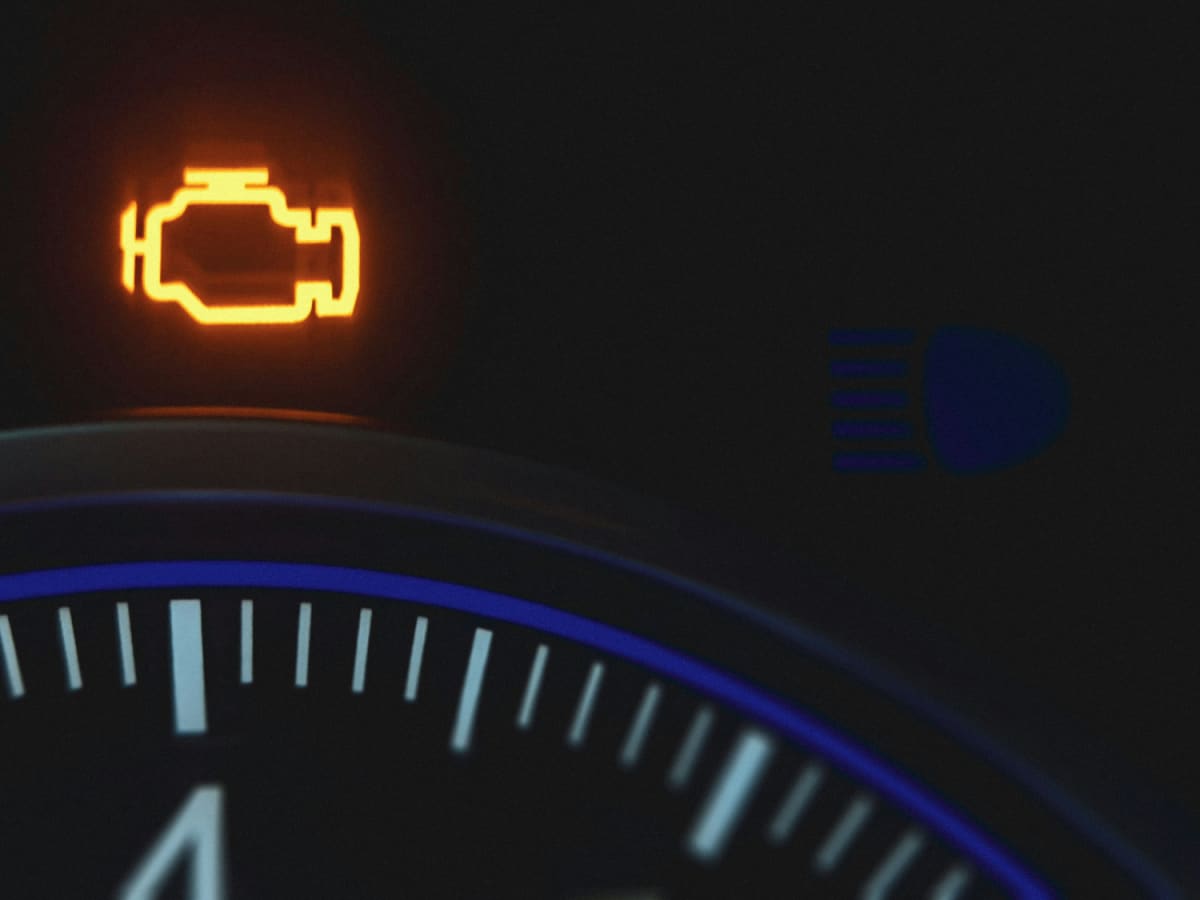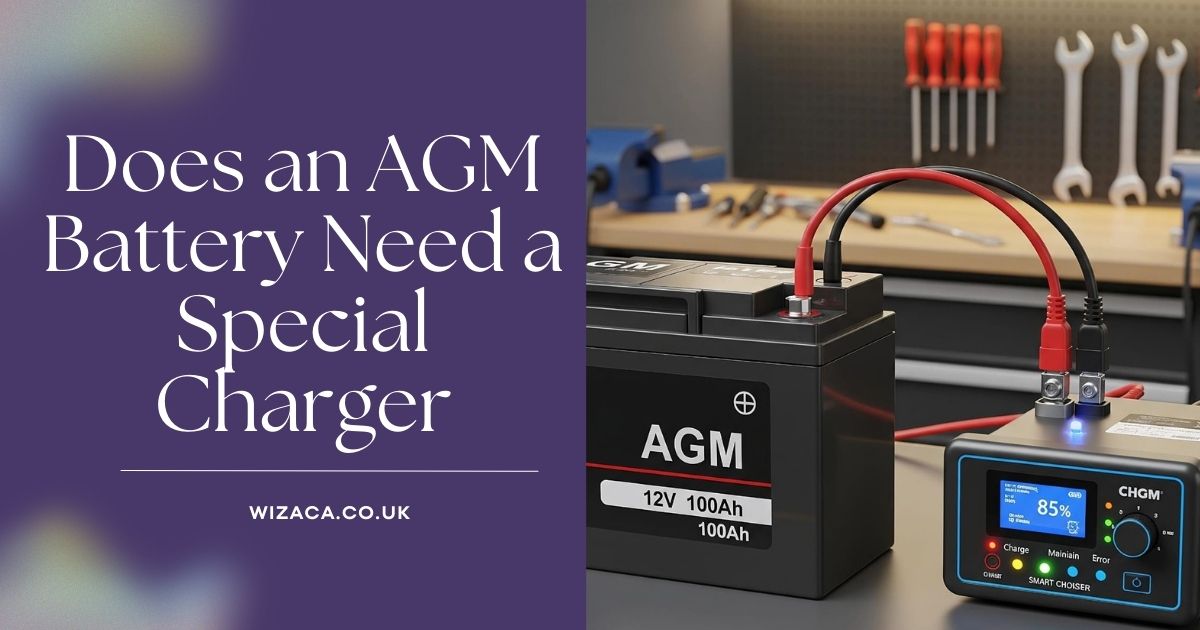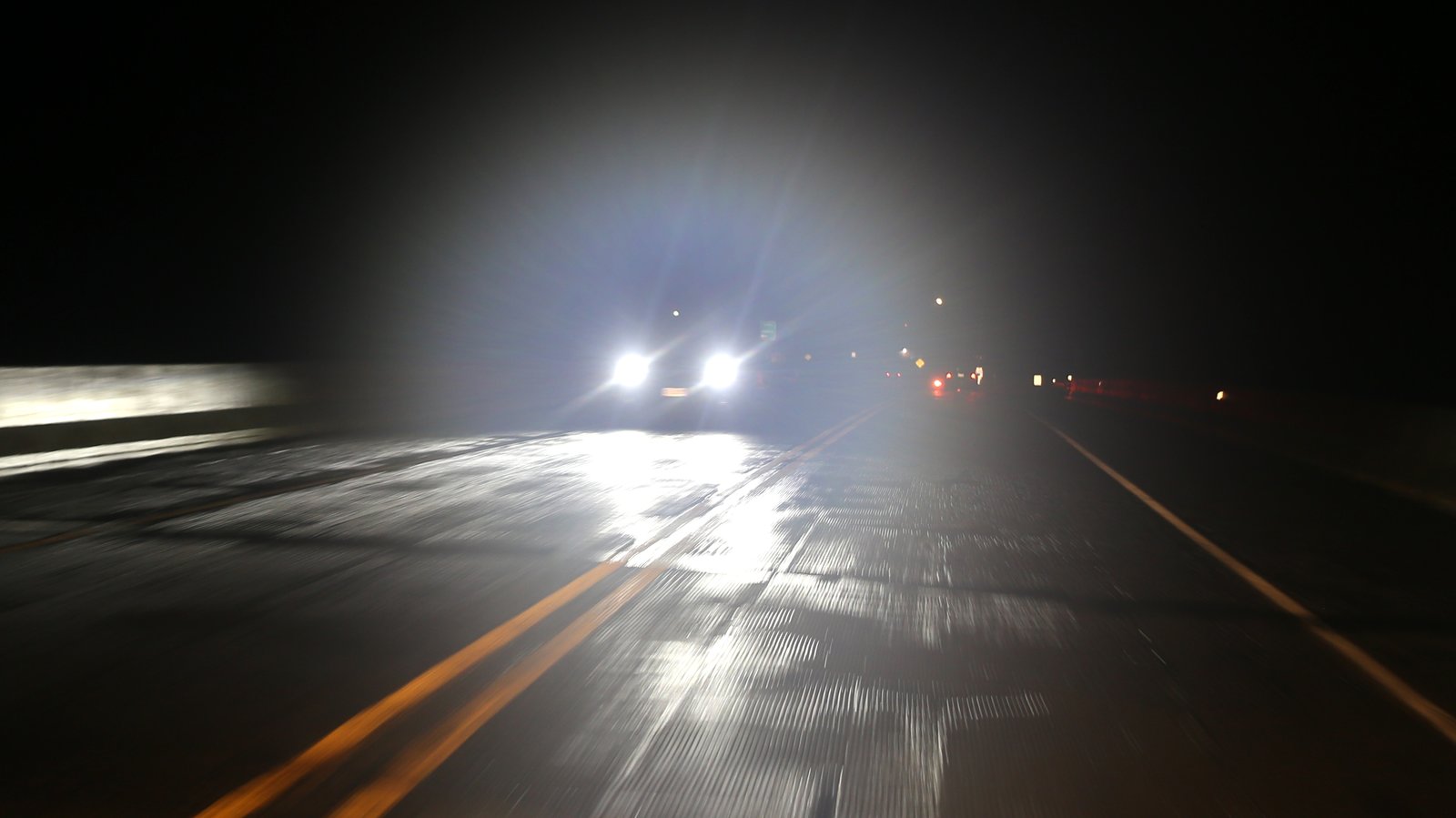The Check Engine Light (CEL) may or may not turn off automatically after a repair, depending on the nature of the repair and the vehicle’s onboard diagnostic system. In many cases, the light will turn off once the issue has been resolved, but sometimes it will require additional steps, such as clearing the diagnostic trouble codes (DTCs) or completing a “drive cycle.”
⚙️ When Does the Check Engine Light Turn Off Automatically?
1. Minor or Temporary Issues
If the problem that triggered the CEL is minor or temporary (such as a loose gas cap or a brief sensor issue), the light may turn off automatically after the issue is fixed. For example, once the gas cap is tightened, the system may reset itself after a few driving cycles, causing the light to go off.
2. Repairs that Fix the Underlying Issue
If you’ve repaired the issue that caused the CEL, such as replacing a faulty oxygen sensor, clearing the codes from the system, or addressing an emissions problem, the light will often turn off after the repair is completed and the engine runs through a few cycles. Some systems require the vehicle to be driven for a certain amount of time or distance to confirm that the issue has been resolved.
3. Completed Diagnostic Check
In some cases, once the issue is repaired, the onboard system will recognize the fix and turn the light off automatically after the next start-up, provided the repair was successful and the vehicle has passed the diagnostic checks. This is typically seen in newer vehicles with advanced diagnostic systems.
🚗 When the Check Engine Light May Not Turn Off Automatically
1. Persistent or Serious Issues
If the issue that triggered the CEL is persistent or more serious (such as a faulty catalytic converter or transmission problem), the light will likely stay on until the problem is fully resolved. Even if the issue is fixed, the CEL may remain on until the vehicle’s computer system verifies that the problem has been completely addressed.
2. Diagnostic Trouble Codes (DTCs) Remain
The CEL may stay on if the diagnostic trouble codes (DTCs) are still stored in the vehicle’s computer system. These codes indicate that a problem has been detected, and the vehicle’s system may require the codes to be cleared manually. If the repair is completed but the codes aren’t cleared, the light may remain on.
3. Not Completing the Drive Cycle
Some repairs, especially those related to the vehicle’s emissions system, may require the vehicle to go through a “drive cycle” (a series of start-ups, driving conditions, and engine warm-ups) for the system to fully verify that the problem has been fixed. If the drive cycle isn’t completed, the CEL may stay on.
🚗 How to Turn Off the Check Engine Light After a Repair
If the CEL doesn’t turn off automatically after the repair:
- Drive the Vehicle: Sometimes, driving the vehicle for a few days or completing a few drive cycles (several starts and stops, including city and highway driving) can allow the system to verify the repair and turn off the light.
- Use an OBD-II Scanner: You can use an OBD-II scanner to read the diagnostic trouble codes and clear them manually, which will turn off the light. Many auto parts stores offer free scanning services.
- Visit a Mechanic: If the light doesn’t go off after the repair and a drive cycle, it may indicate that the problem wasn’t fully resolved. Take the vehicle to a mechanic for further inspection.
✅ Final Answer
The Check Engine Light may turn off automatically after the repair if the issue has been successfully resolved and the vehicle’s system verifies it. However, in some cases, the light may remain on until the diagnostic codes are cleared or the vehicle completes a drive cycle. If the light stays on after a repair, using an OBD-II scanner to clear the codes or taking the vehicle to a mechanic for further inspection may be necessary.










